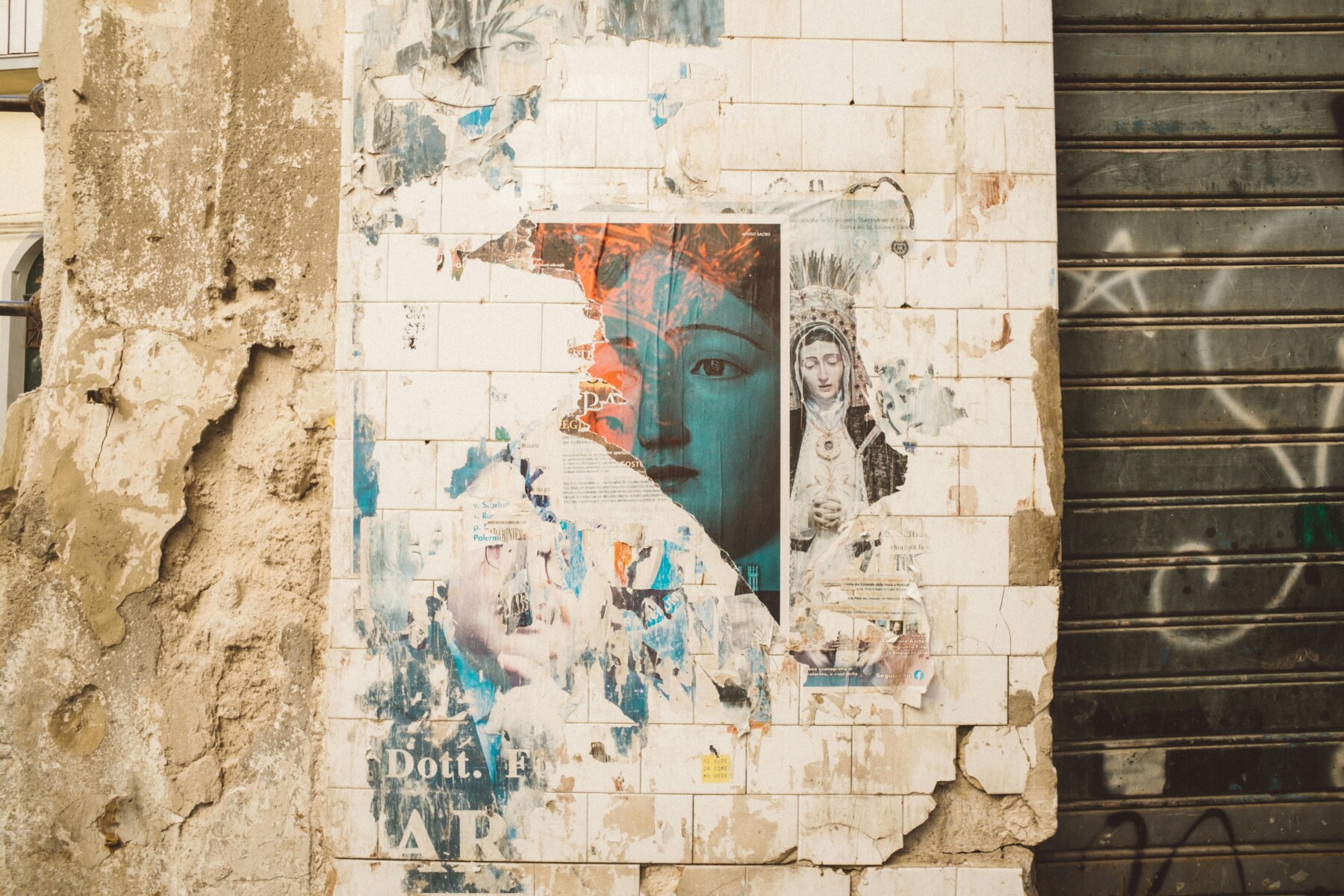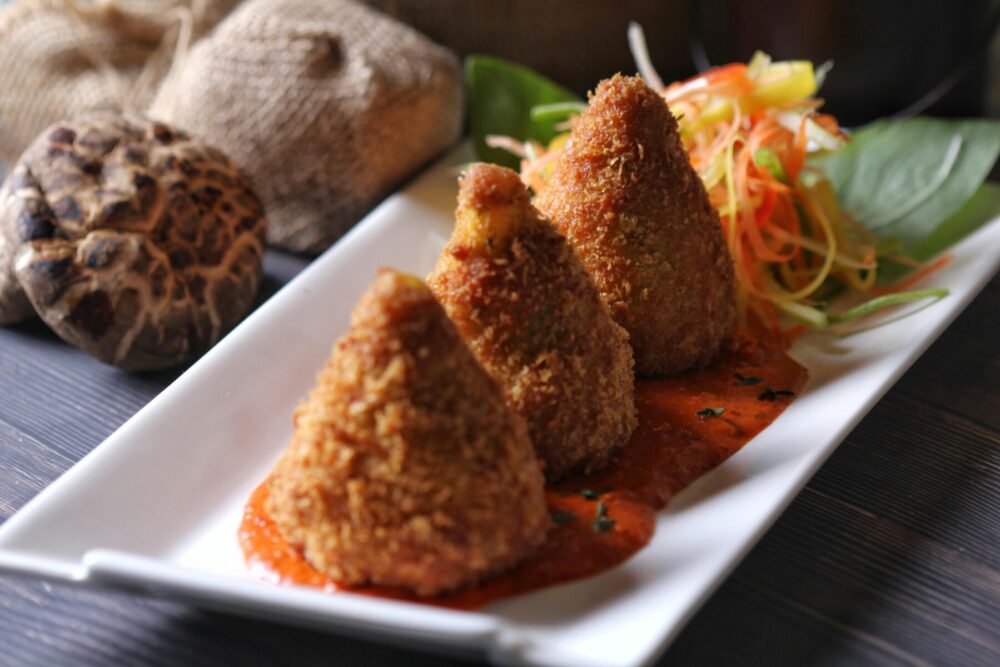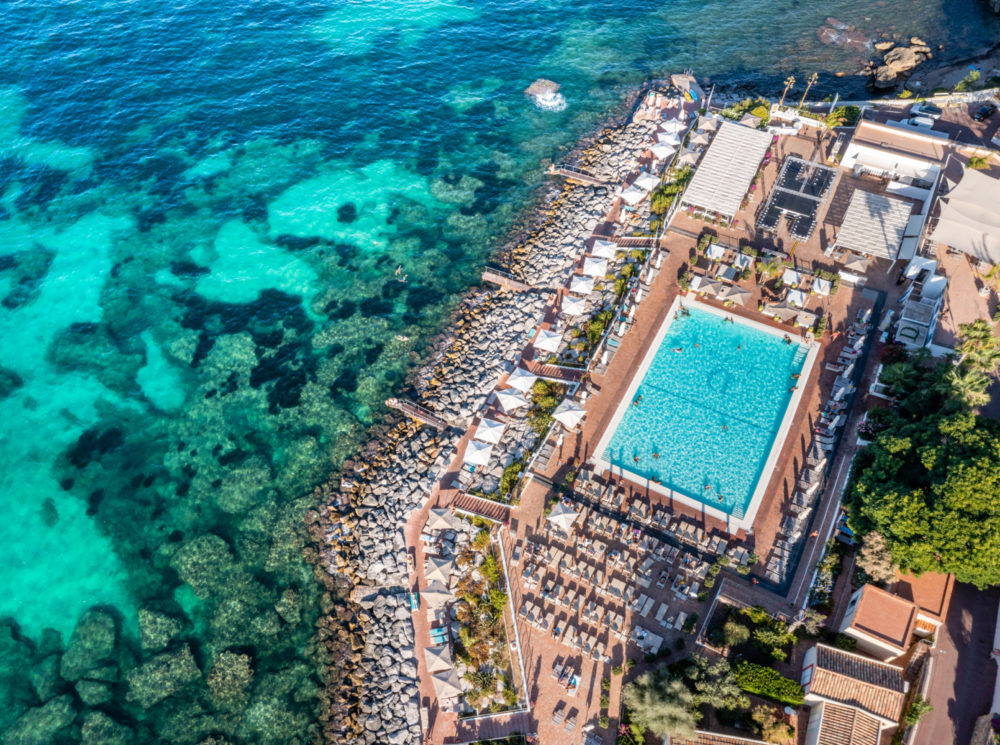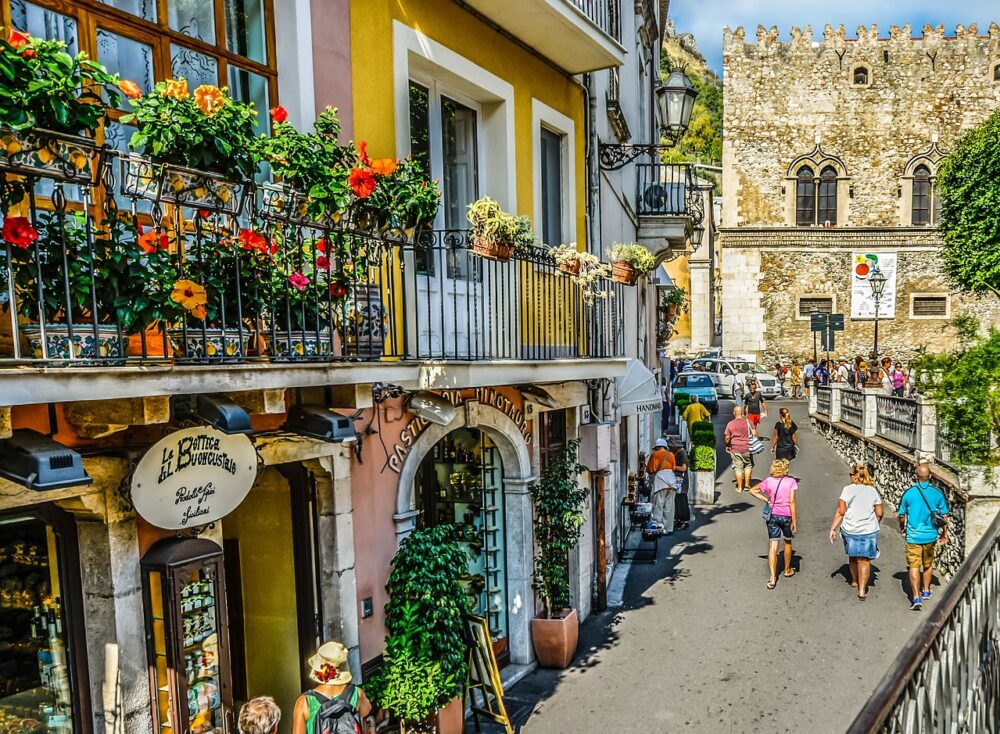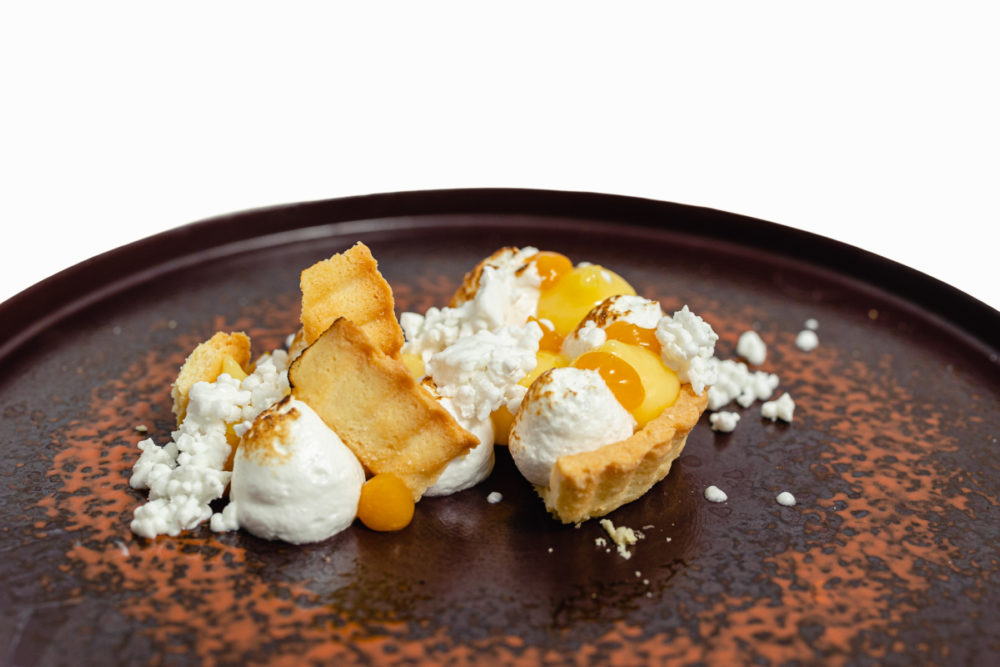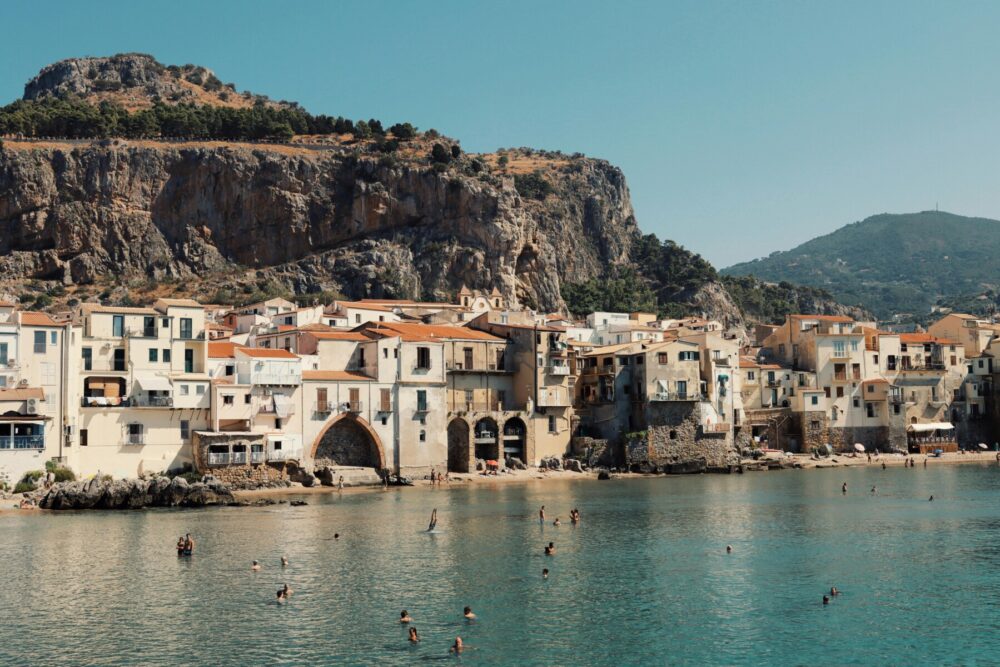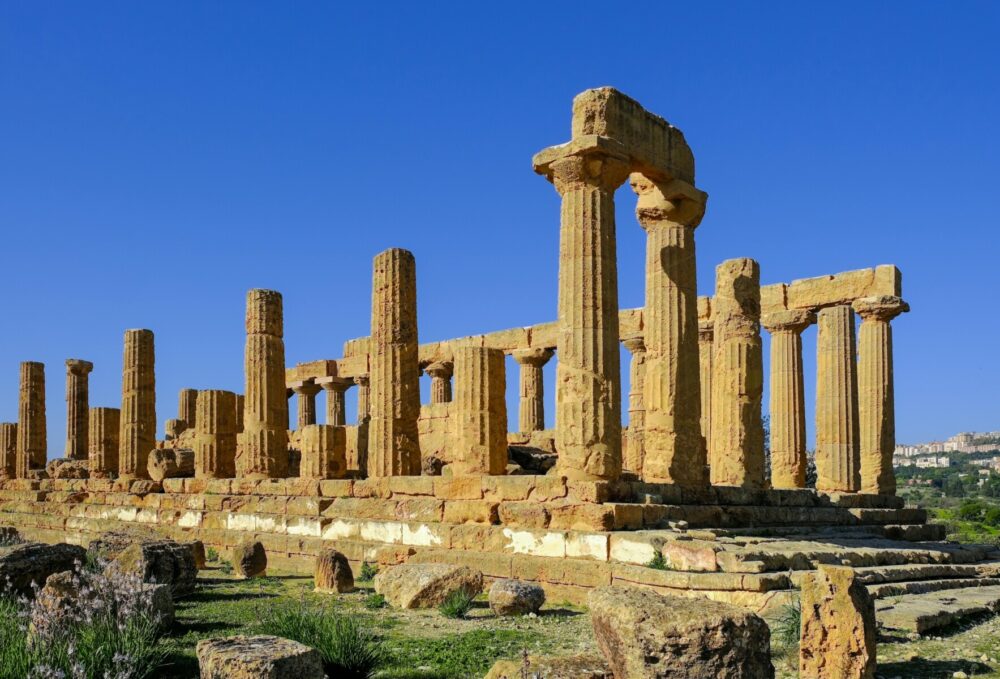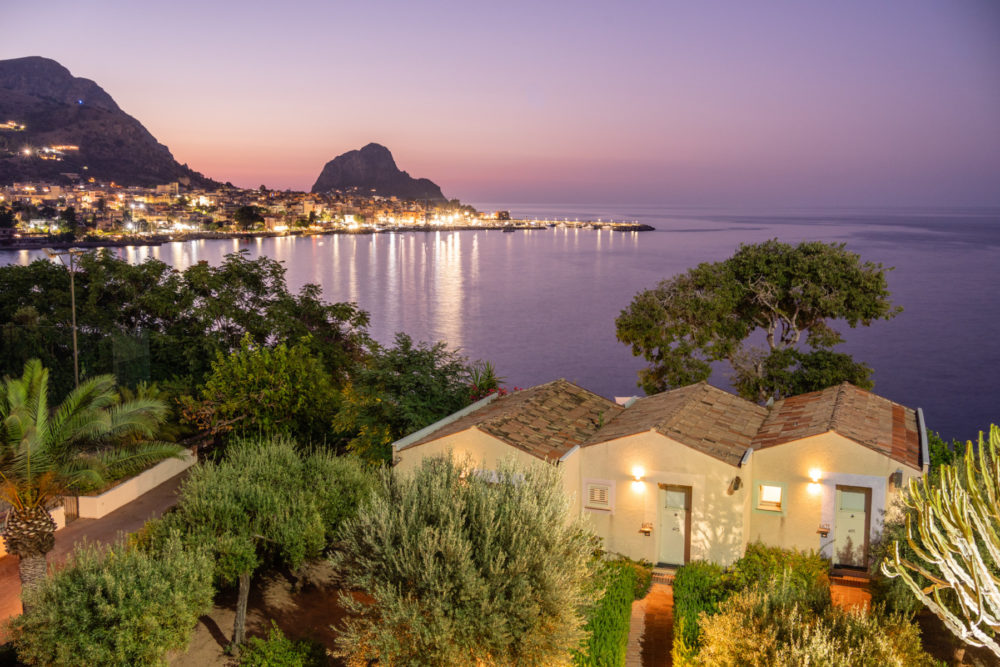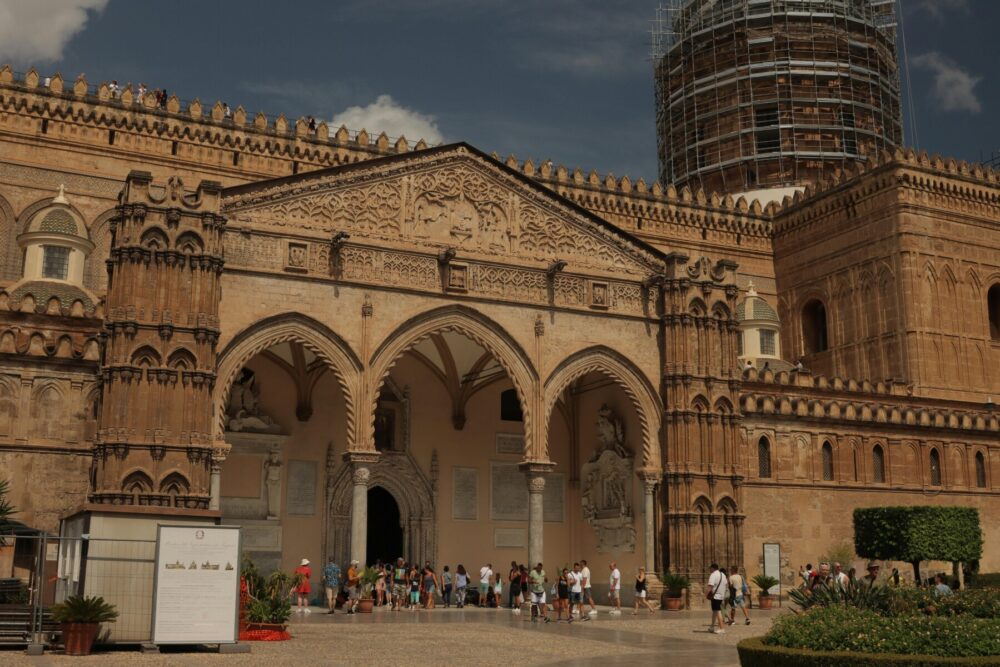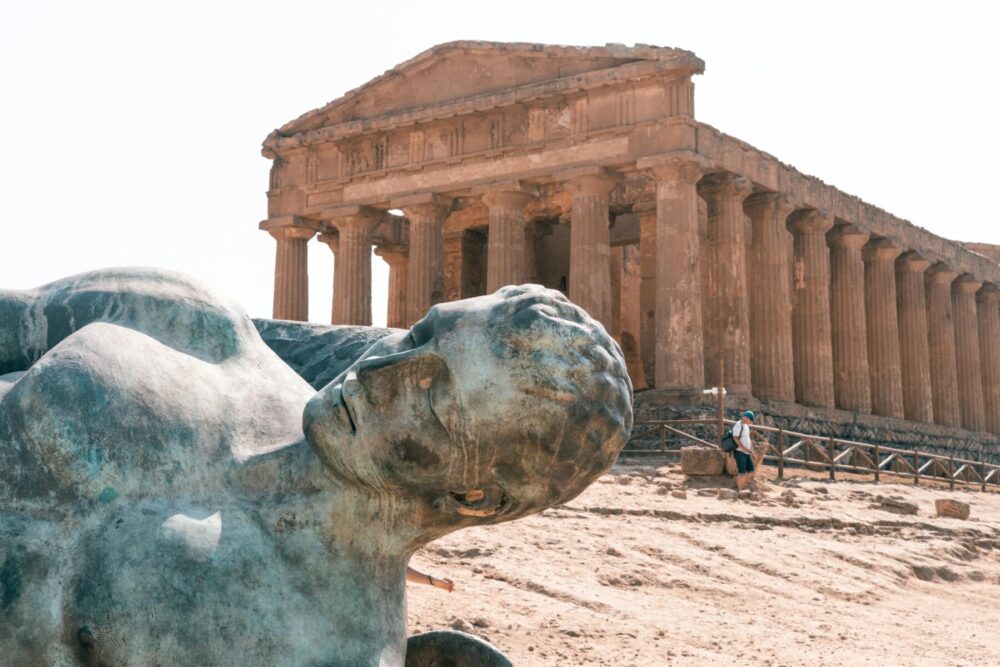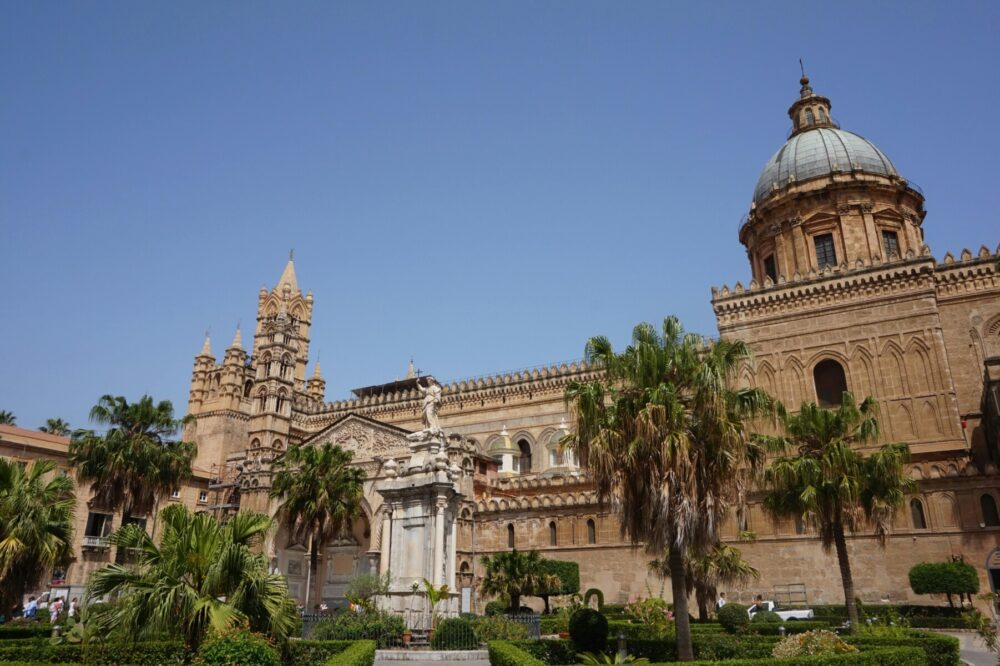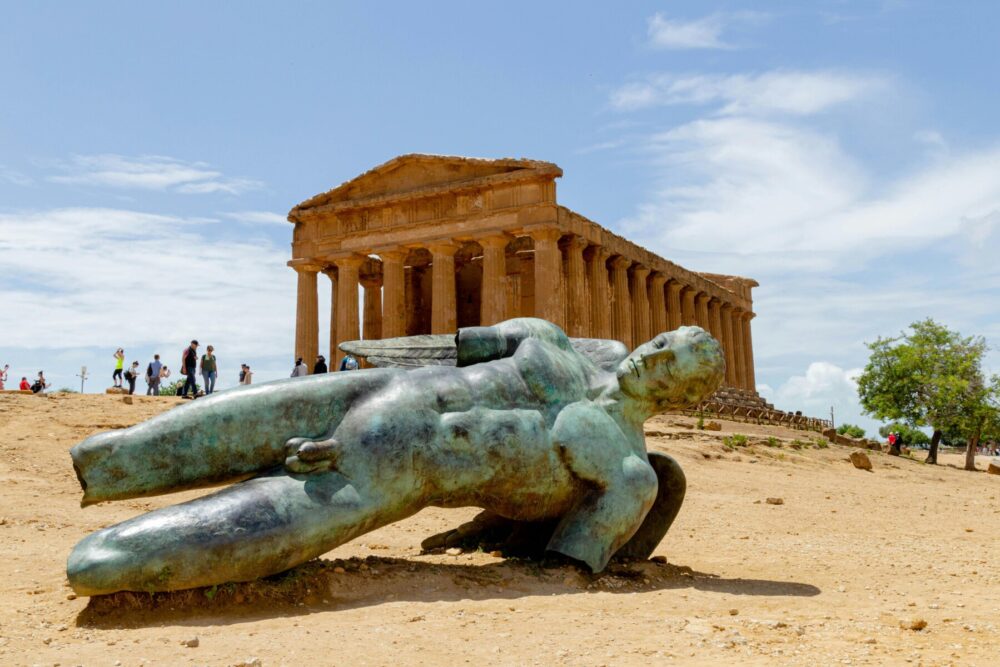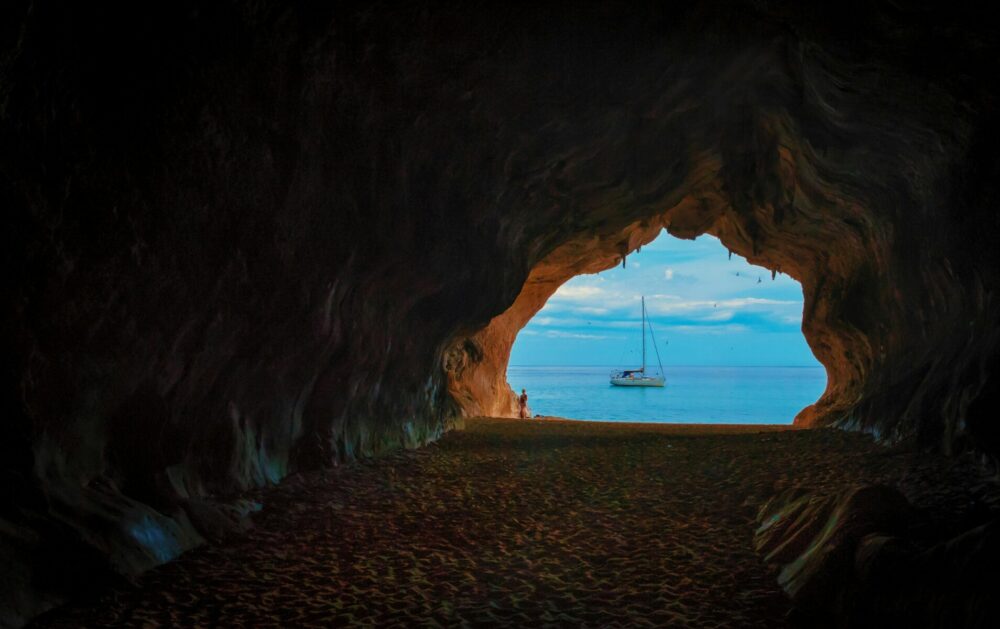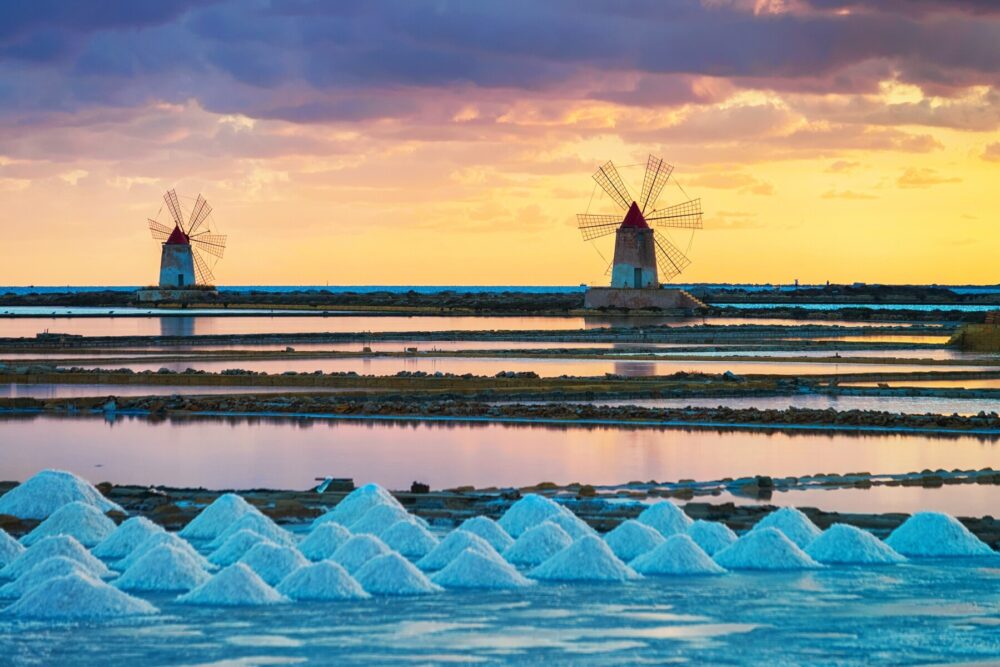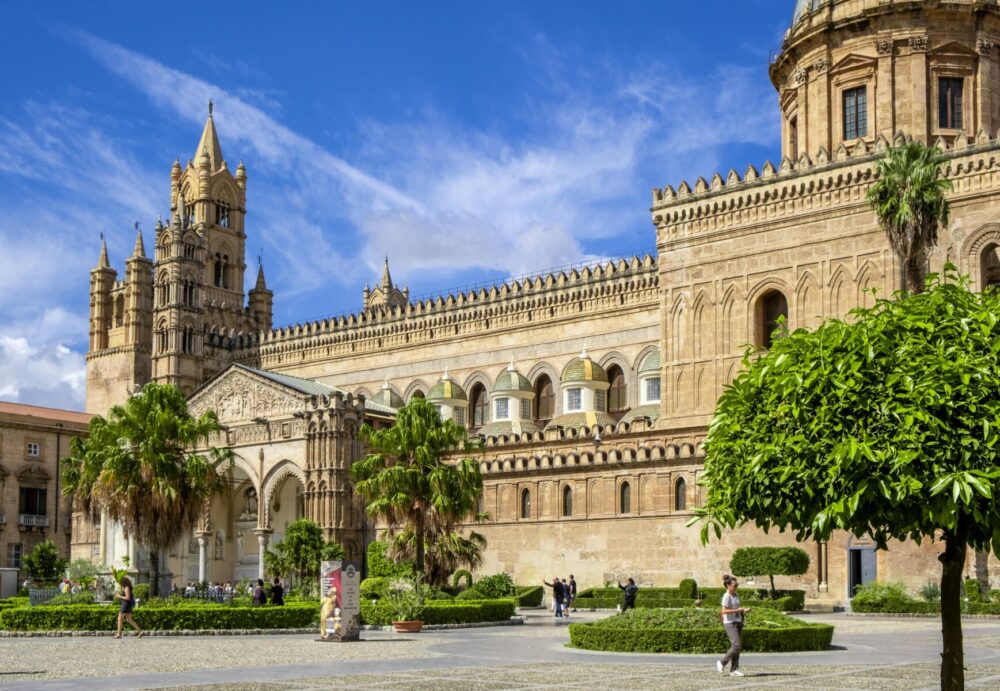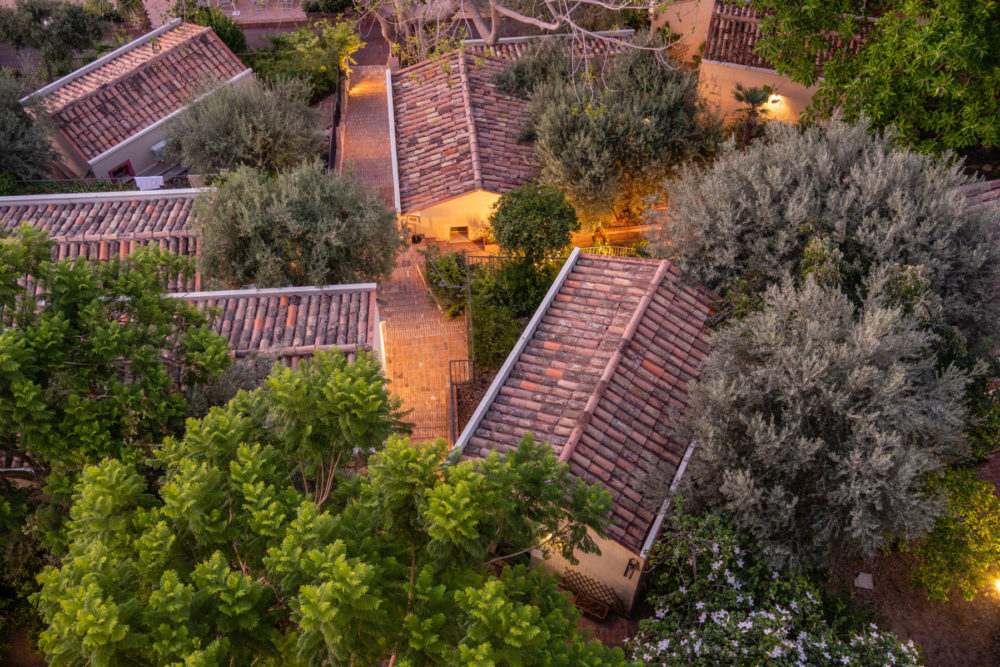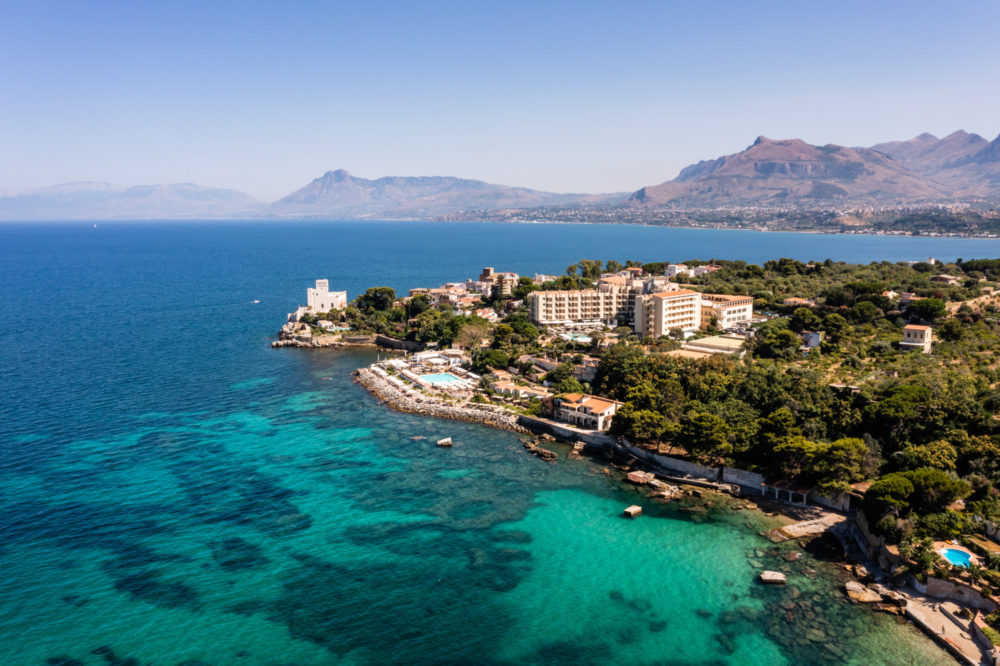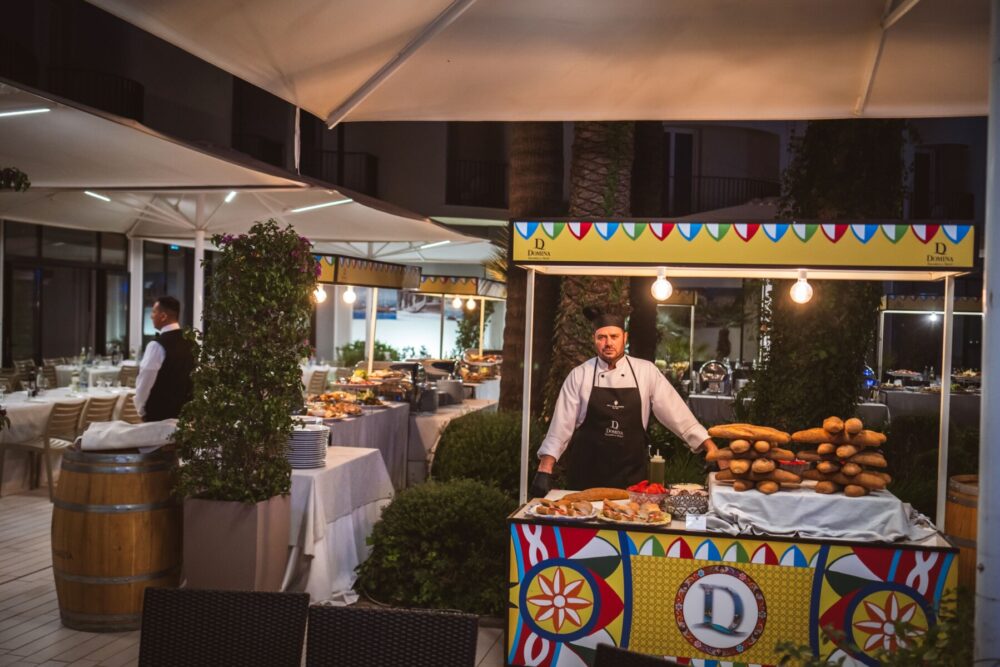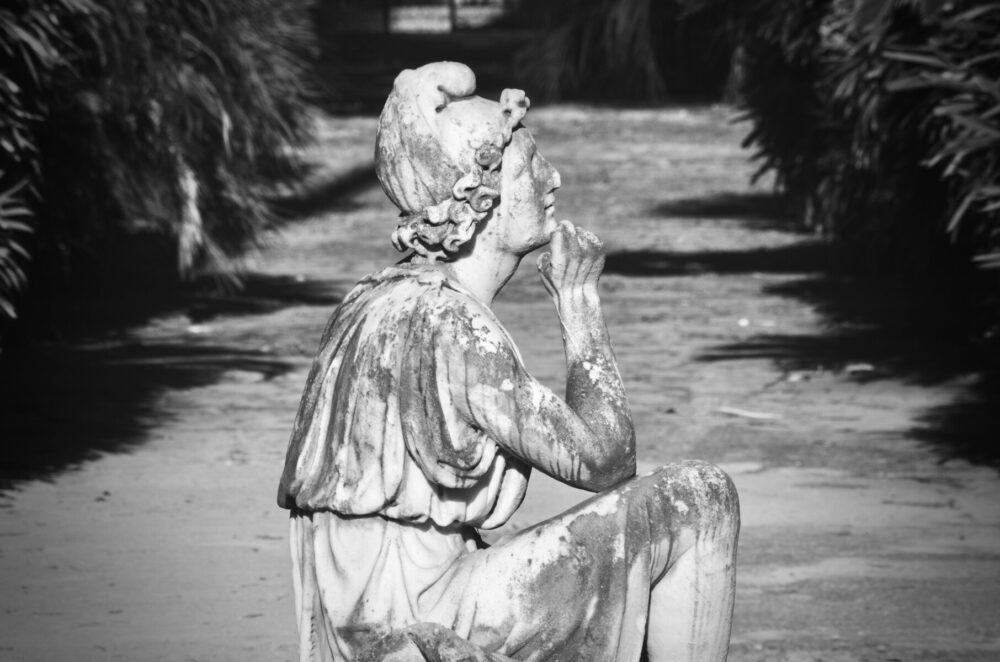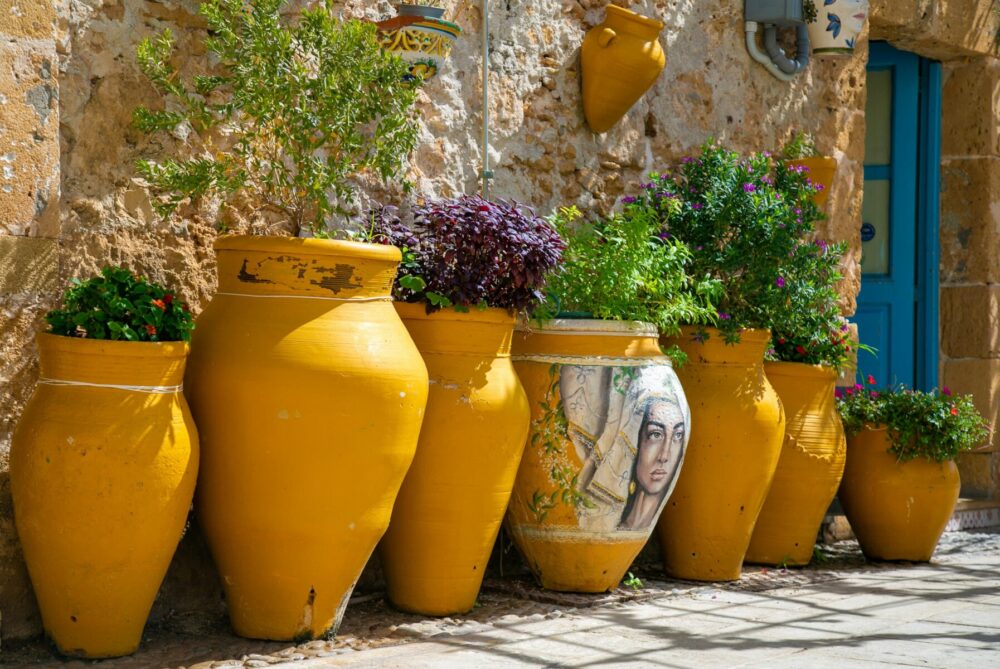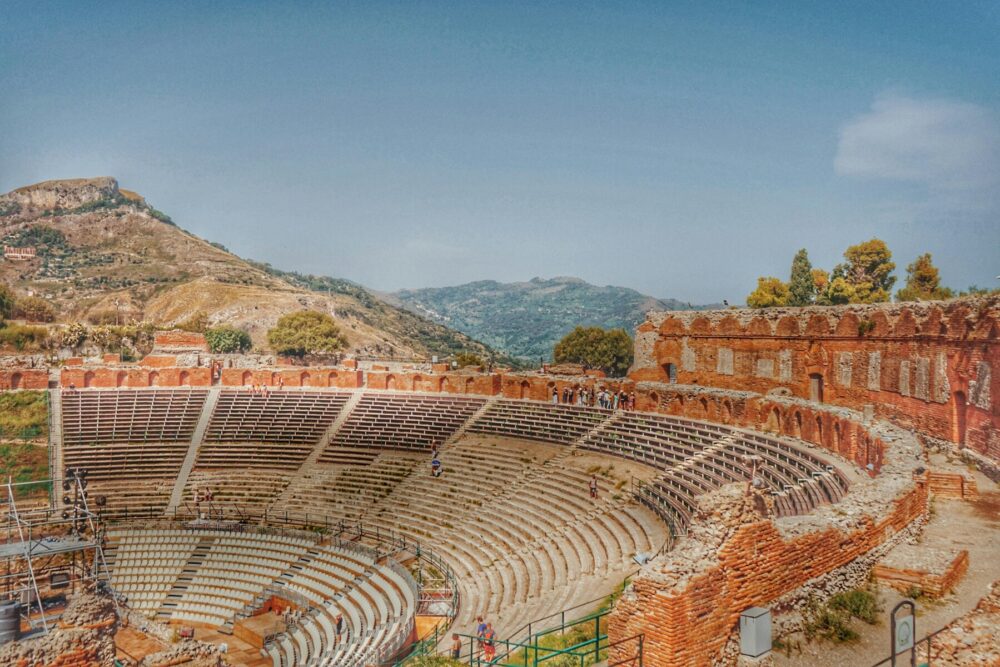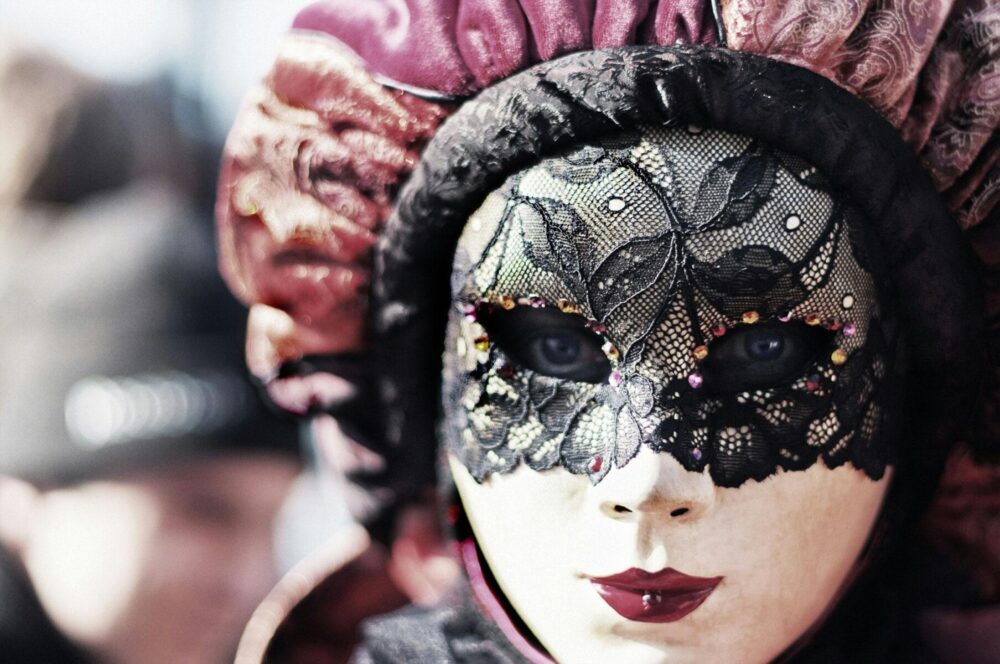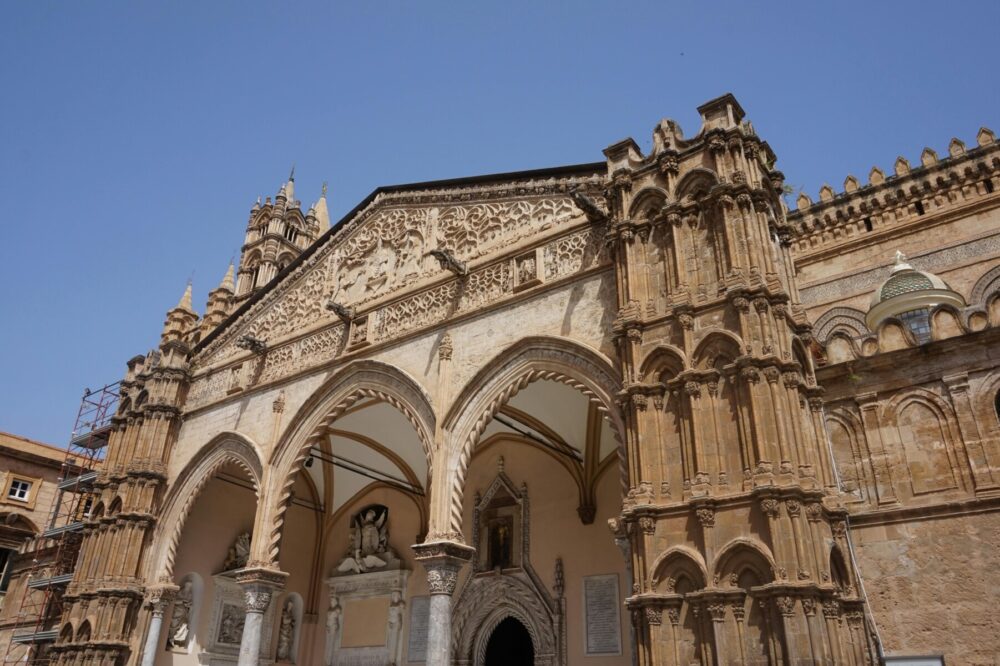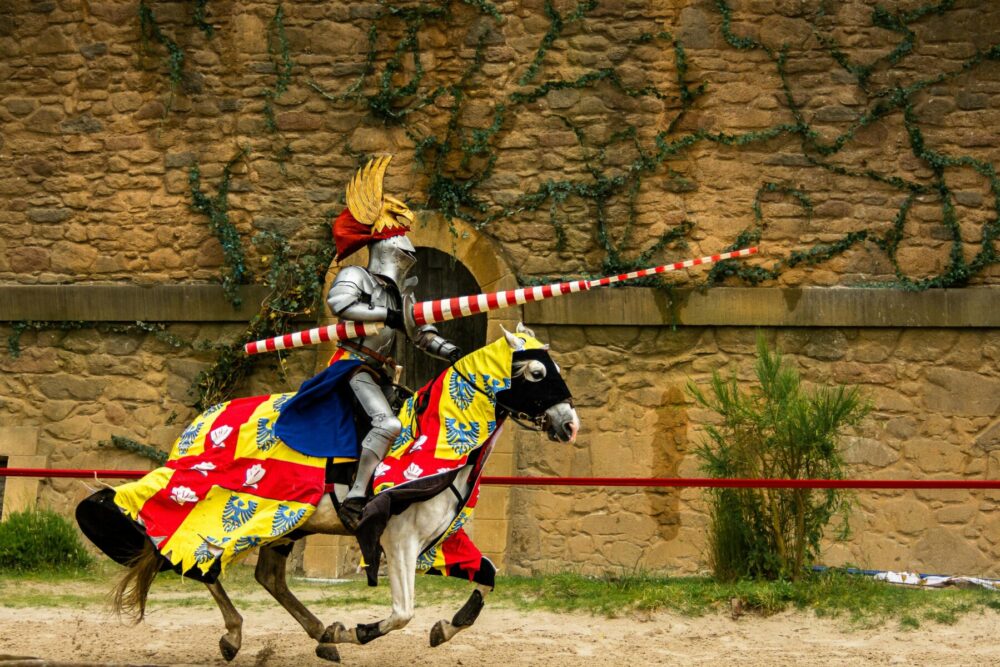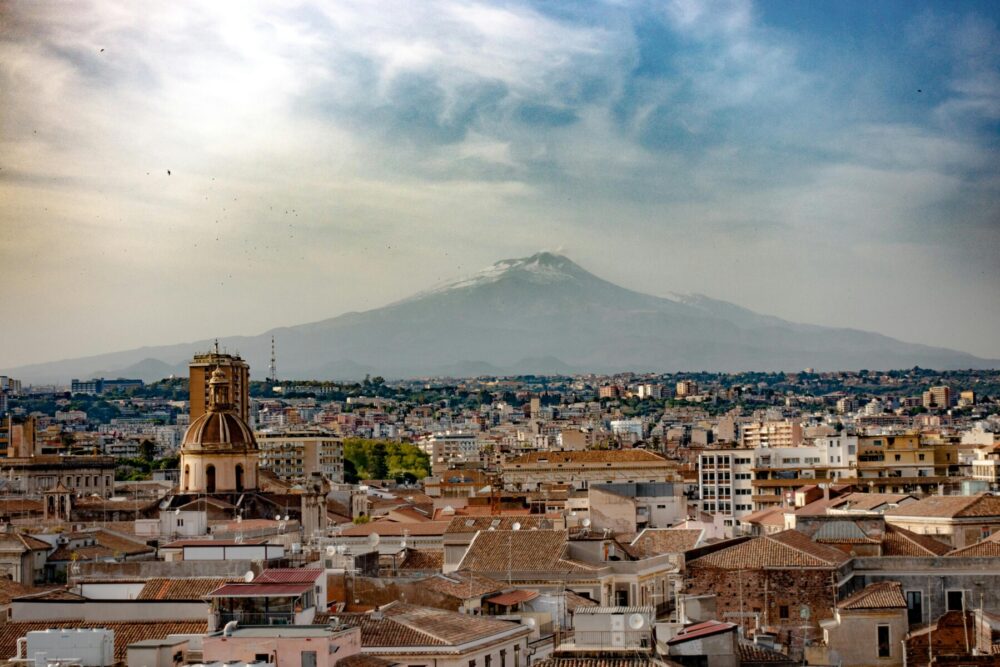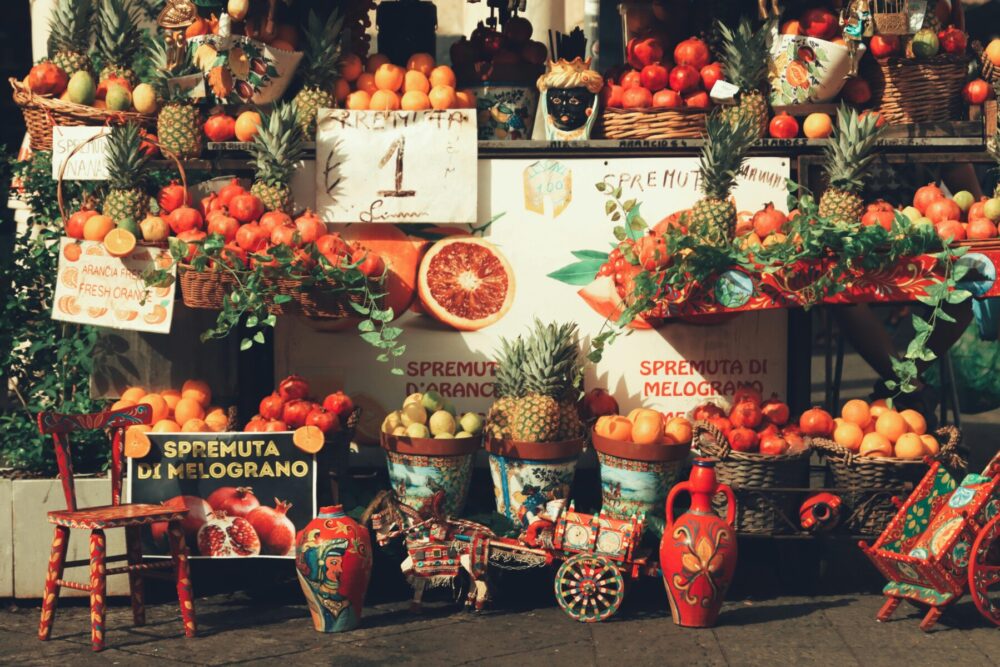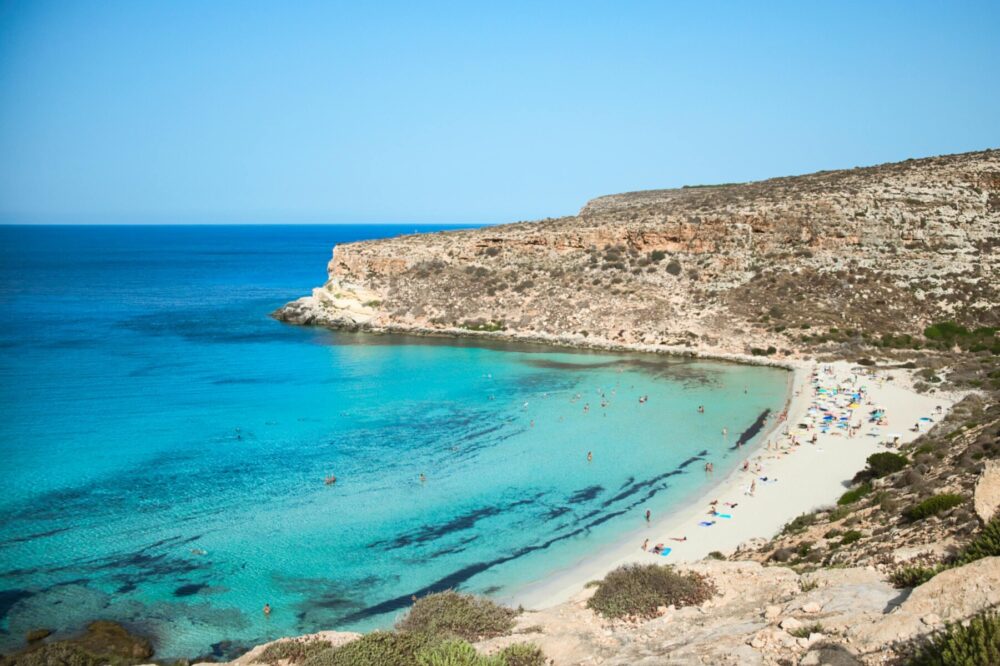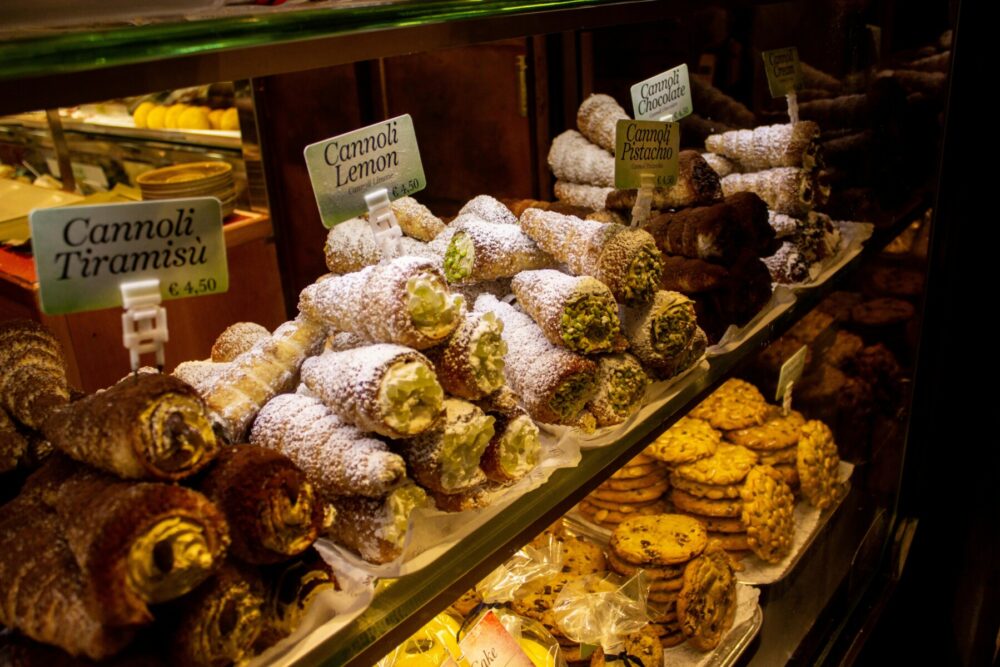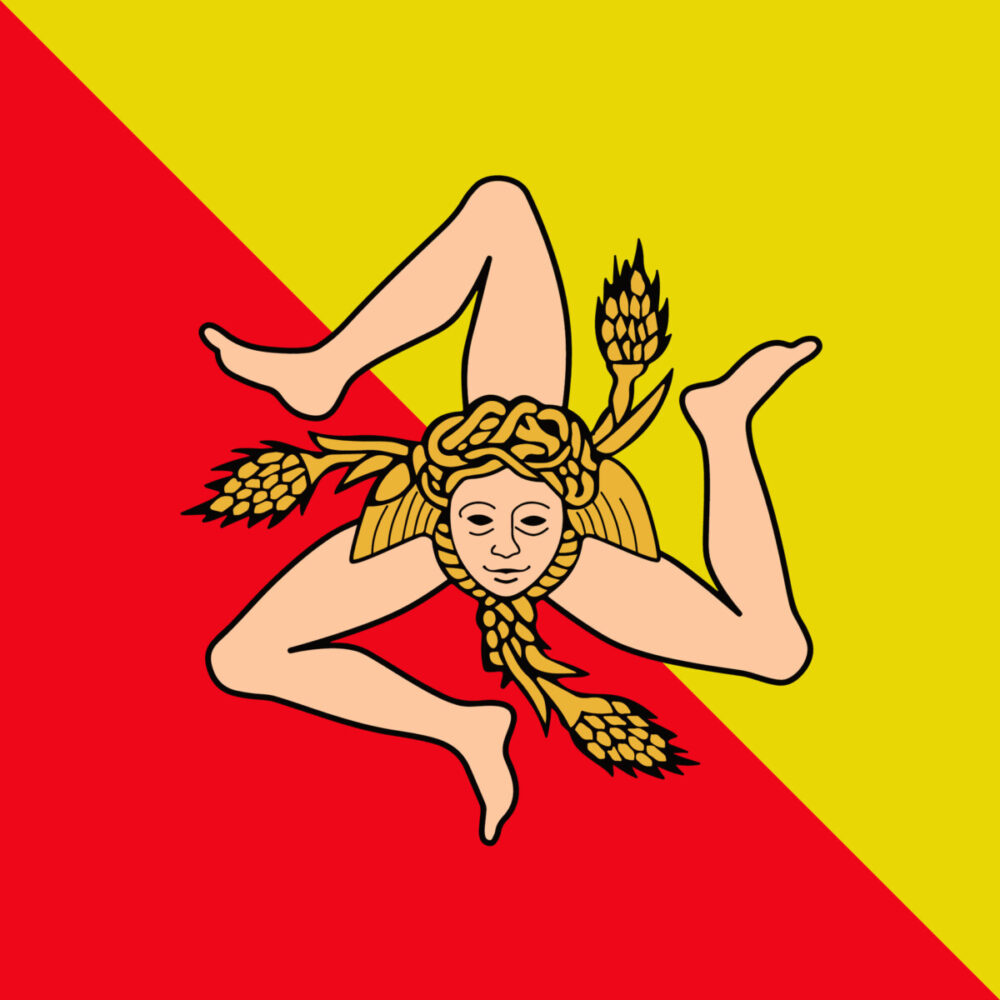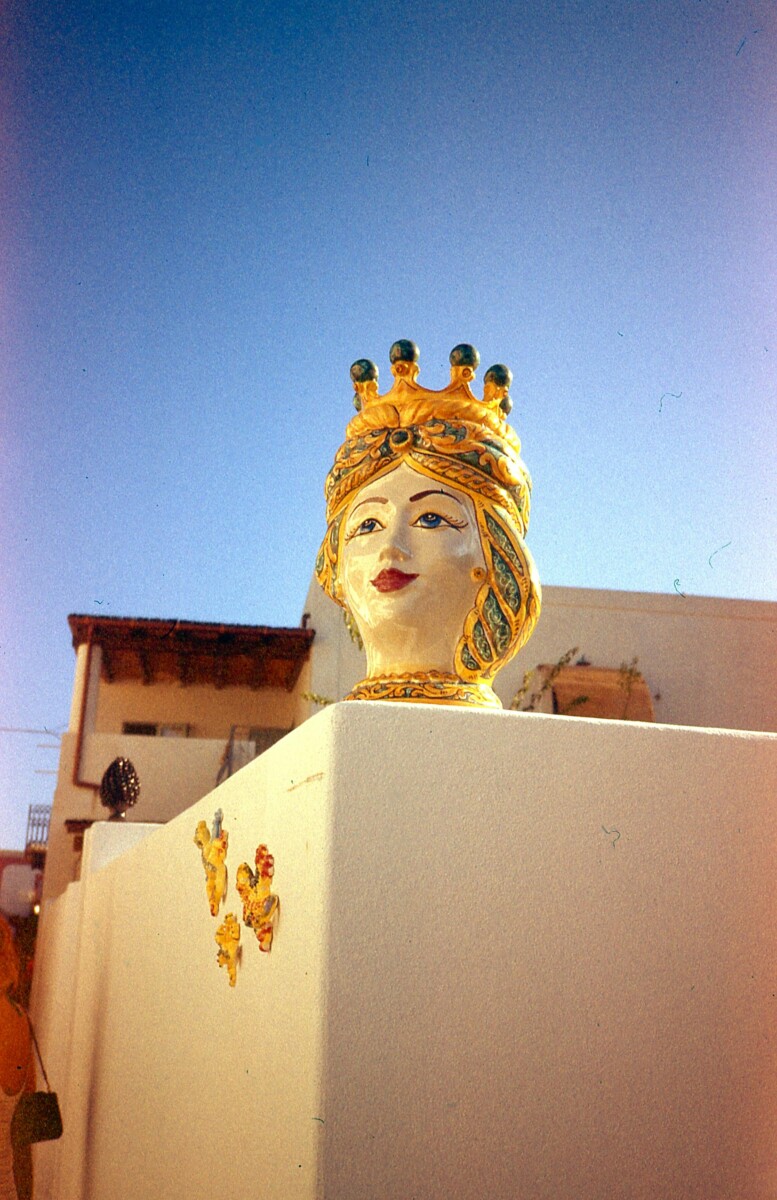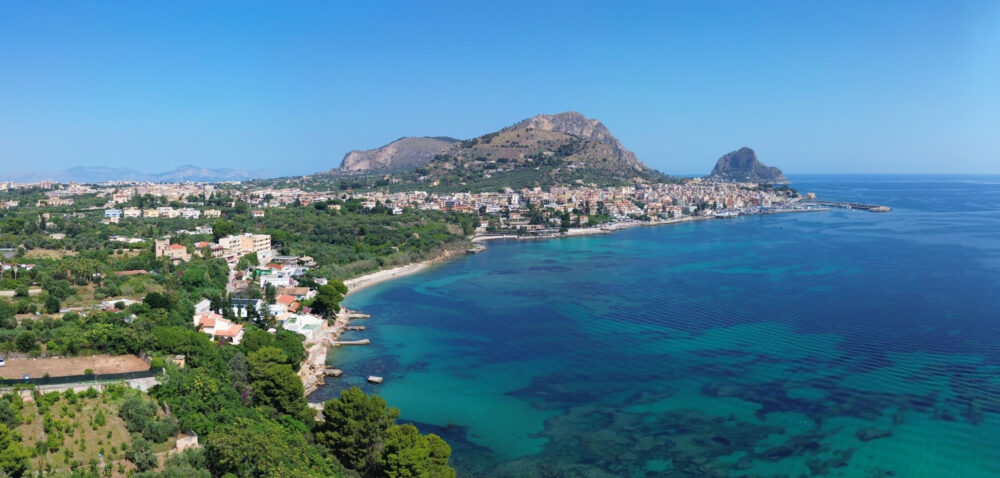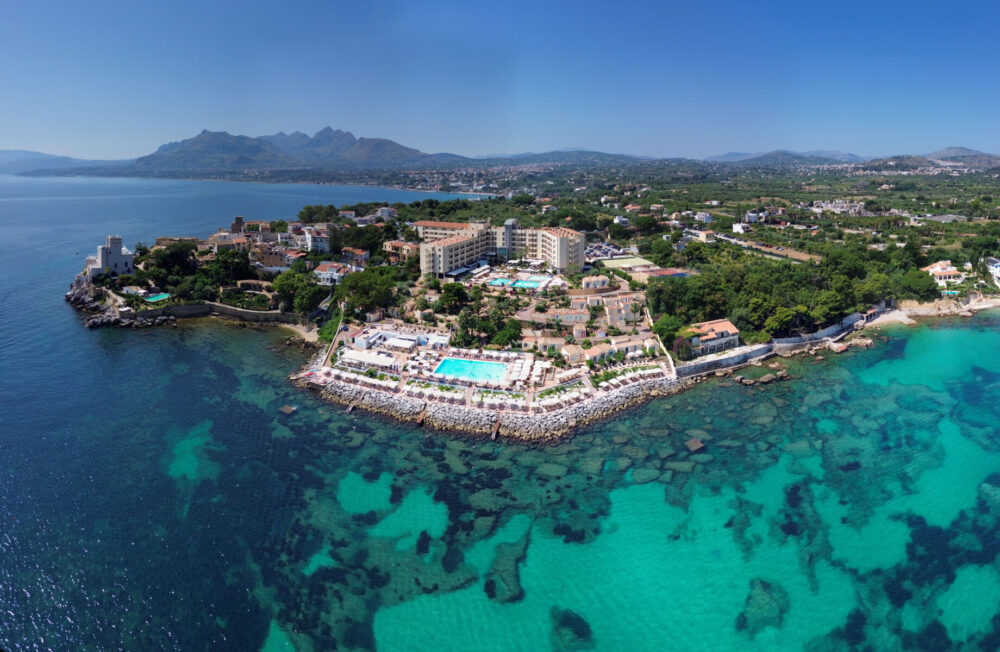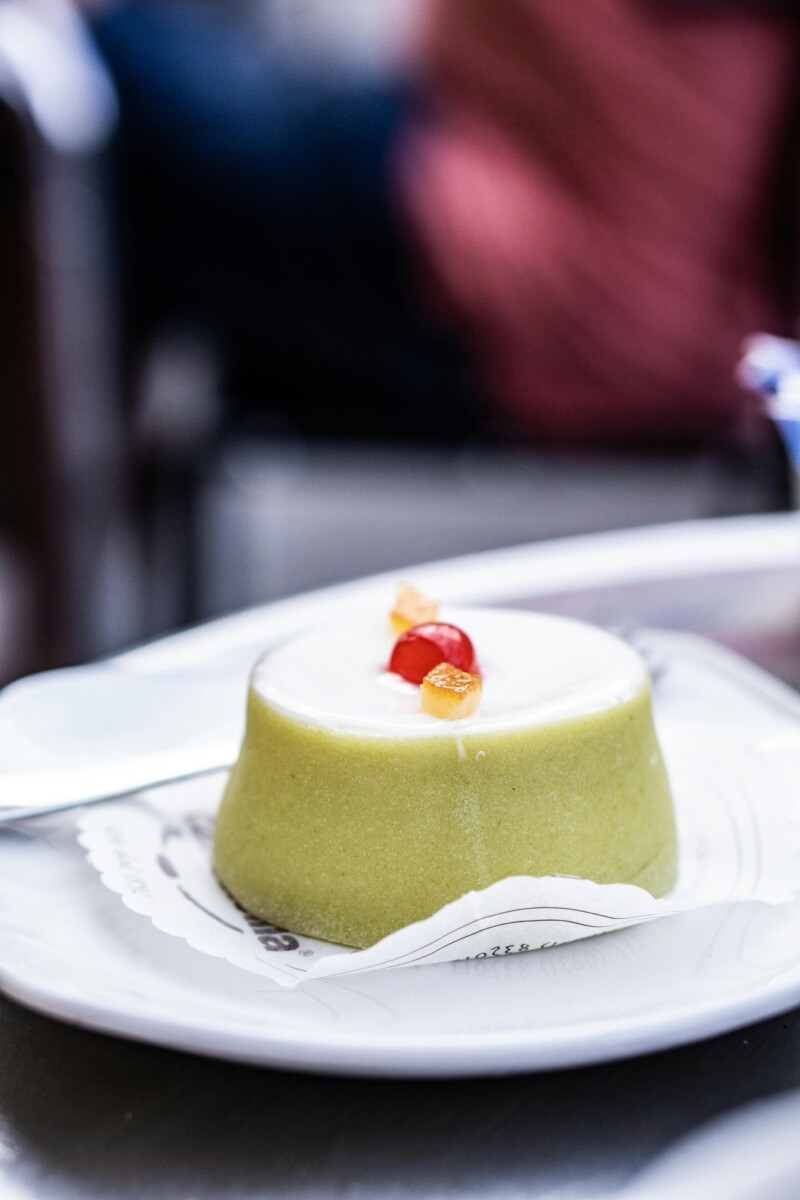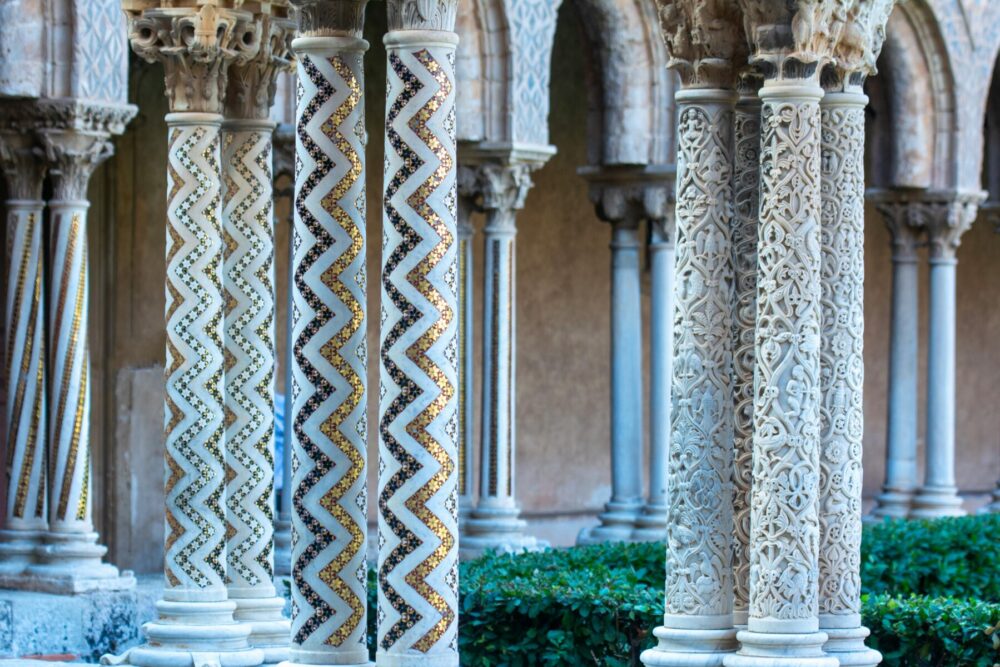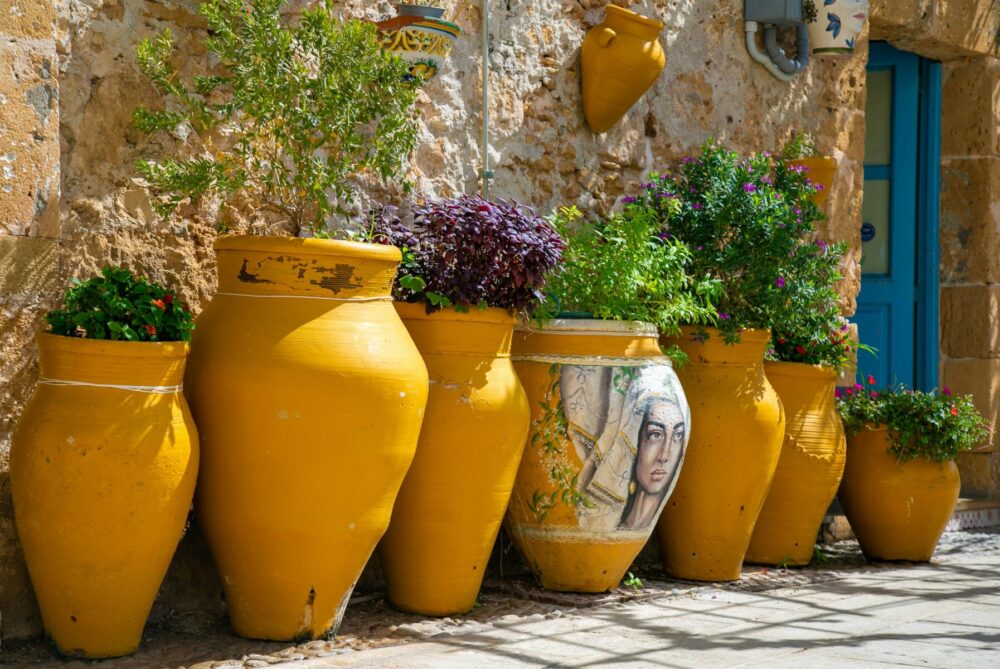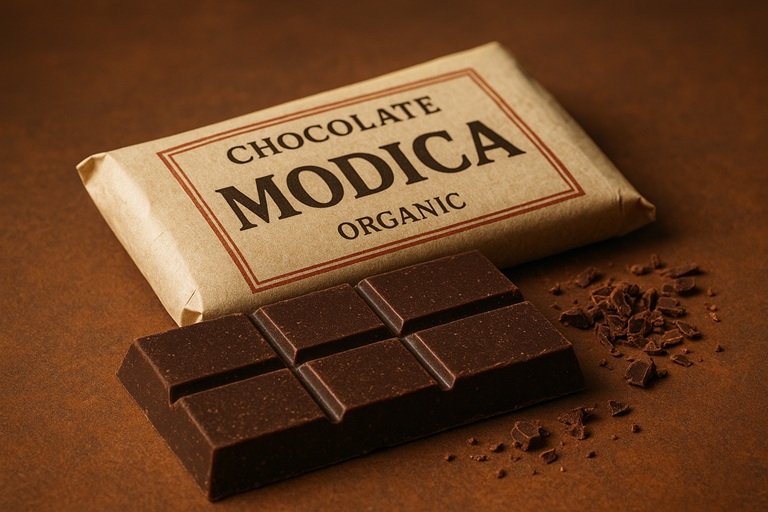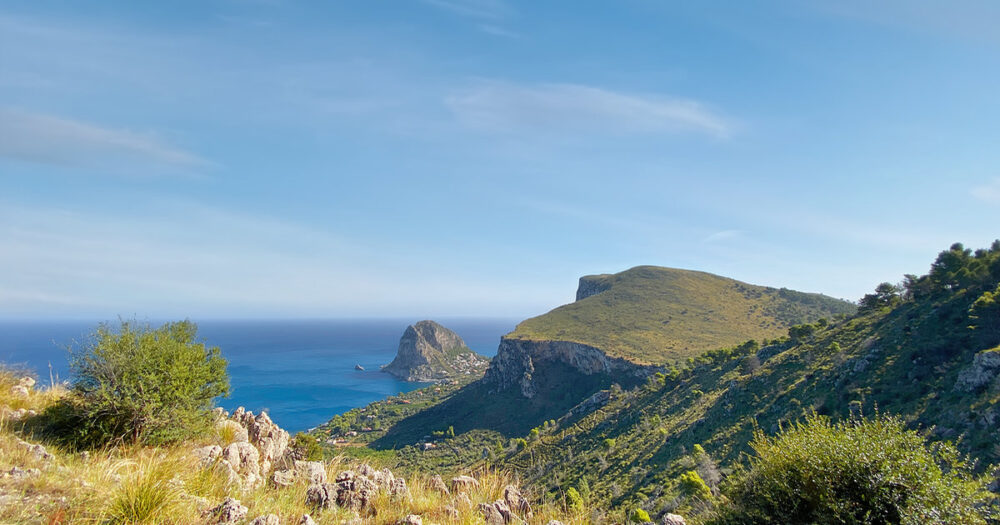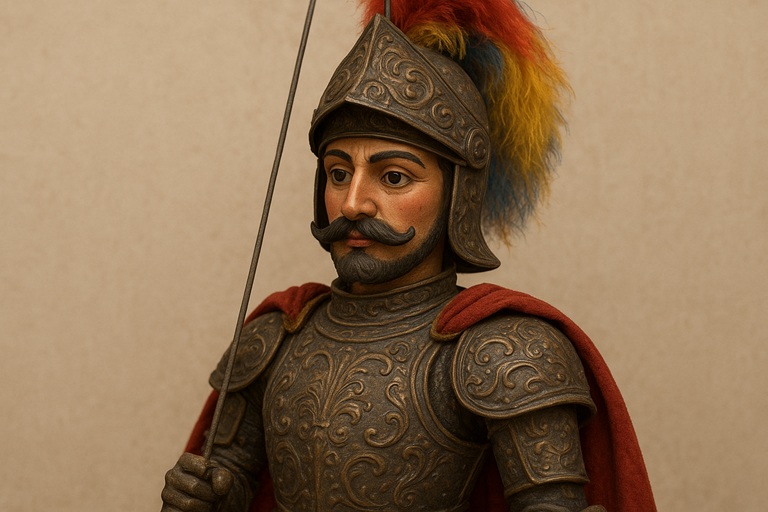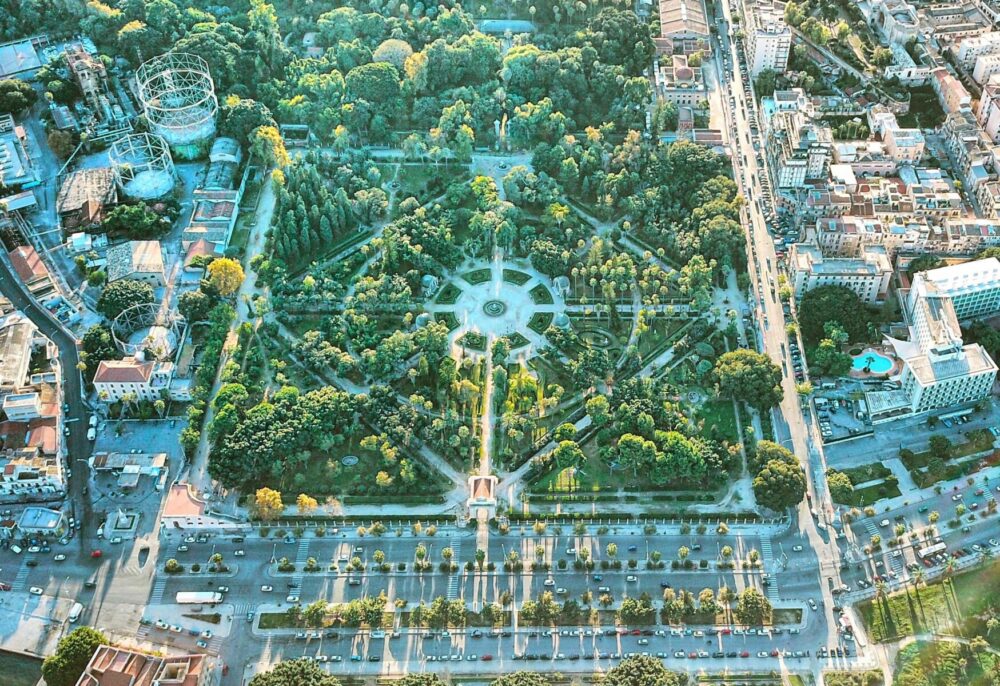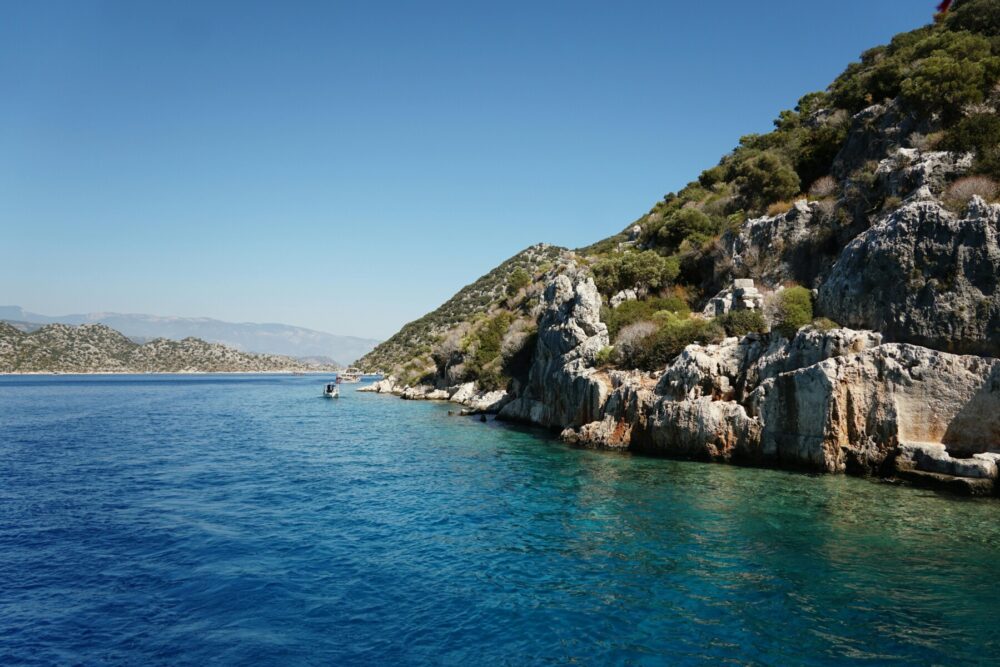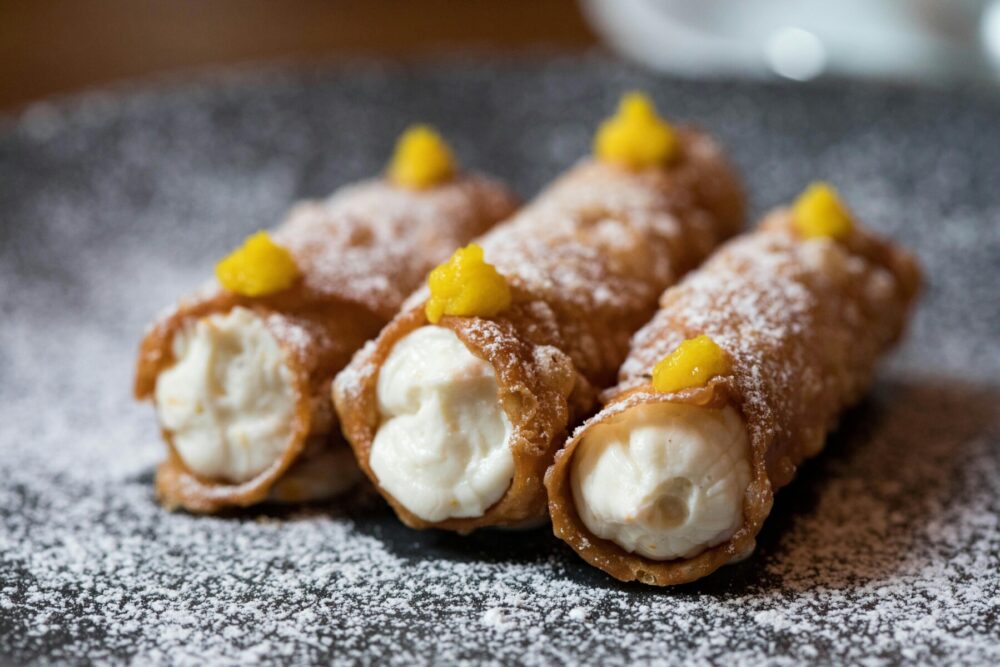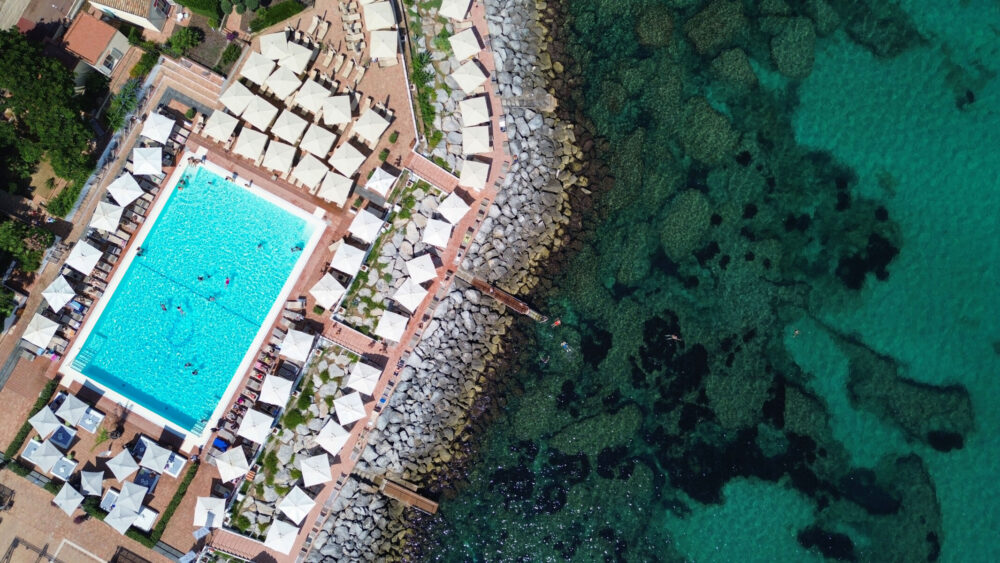Ancient Sicilian Crafts: Curiosities
Sicily, a land of thousand-year-old traditions and vibrant culture, is a place where the past meets the present in completely fascinating ways. Ancient Sicilian crafts represent a unique cultural heritage, telling stories of artisanal skills passed down from generation to generation. These crafts not only reflect the historical identity of the island but continue to influence daily life and the local economy. Discovering ancient Sicilian crafts means immersing oneself in a world of creativity and mastery, where every object tells a story and every technique is an art. Let’s explore the curiosities of these crafts that have withstood the test of time.
What are the most ancient crafts?
Sicily is a treasure trove of artisanal traditions that date back centuries, but among the oldest crafts are those related to the working of ceramics, iron, and wood. Sicilian ceramics, famous for their vibrant colors and intricate patterns, are an art form that has deep roots on the island, with influences ranging from the Greek to the Arab era. The ceramic masters of Caltagirone and Santo Stefano di Camastra continue to create works that are true historical testimonies to the craft. Another ancient craft is that of the blacksmith, who with skill and precision transforms iron into functional and decorative works of art. Woodworking, on the other hand, is an art that manifests itself in the creation of furniture and decorative objects, often hand-carved using traditional techniques.
Not to be forgotten is the craft of the “puparo“, a builder of puppets and a storyteller of chivalric tales. These crafts not only represent the cultural heritage of Sicily, but are also a symbol of resilience and innovation, as local artisans continue to reinvent their techniques to adapt to modern times, keeping the tradition alive.
Who are the true Sicilians?
True Sicilians are the embodiment of a millennia-old culture that has its roots in a crossroads of civilizations, each of which has left an indelible mark on the island. Inhabitants of a sun-kissed land surrounded by a crystal-clear sea, Sicilians are known for their warm and genuine hospitality, a distinctive trait that makes every stay in Sicily an unforgettable experience. Their cuisine, rich in authentic flavors and fresh ingredients, is a sensory journey that reflects the cultural diversity of the island.
Sicilians are also guardians of ancient traditions, such as religious celebrations and popular festivals, which offer a fascinating glimpse into their history and identity. The passion for art and architecture is manifested in the splendid baroque cities and archaeological sites that dot the Sicilian landscape. Experiencing Sicily through the eyes of its inhabitants means immersing oneself in a world of contrasts, where natural beauty blends with a varied cultural heritage.
Which trades have disappeared?
Over the centuries, in Sicily and beyond, technological evolution and social changes have led to the disappearance of numerous trades, many of which were once essential for daily life. Among these, the trade of the lamplighter (“lampiunaru”), who manually lit the gas lamps in the streets of the cities, is now a memory of the past, replaced by automated electric lighting. Another example is the trade of the itinerant cobbler (“scarparu”), who repaired shoes on the streets, now almost completely disappeared due to mass production and consumer culture. Other now obsolete and no longer practiced artisan professions are those of the “salinaro“, the worker in the salt pans, and the “carradore“, the builder of typical Sicilian carts. These trades, although no longer practiced, represent a cultural and historical heritage that continues to live on in the stories and traditions of those who inhabit the island. Discovering which trades have disappeared is not only a journey through time but also an opportunity to appreciate the evolution of society and the modernity of today.
What were the ancient Sicilians called?
The ancient Sicilians, known as Siculi, Sicani, and Elimi, represent the historical roots of one of the most fascinating islands in the Mediterranean. These populations, who inhabited Sicily before the arrival of the Greeks and Phoenicians, left an indelible mark on the culture and traditions of the island. The Siculi, originally from central Italy, settled in the eastern part of Sicily, bringing with them customs and traditions that still resonate today in local celebrations. The Sicani, considered the oldest inhabitants of the island, occupied the central and southern parts, while the Elimi, of probable Anatolian origin, settled in the northwestern area.
The rich history of these populations is still visible in the archaeological sites scattered across the island, such as Segesta and Selinunte, which offer a fascinating glimpse into the past. Staying on the island allows you to immerse yourself in this historical heritage, discovering the origins of a land that has fascinated travelers for millennia.
If you decide to stay at Domina Zagarella Sicily, located in Santa Flavia, you will be able to get closer and fully experience the traditional culture behind each of these artisanal crafts. After spending a day exploring the typical Sicilian villages, you can find your refuge of peace and relaxation at Domina Zagarella Sicily.
Every Domina hotel is ideal for those who want to break away from their daily routine and indulge in a vacation focused on wellness and luxury. Don’t wait any longer, book now and let yourself be seduced by the magic of an island like Sicily.
